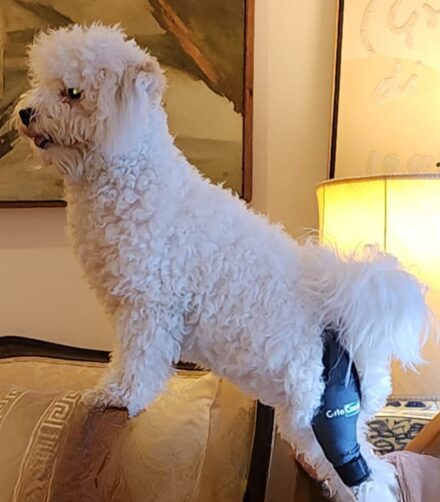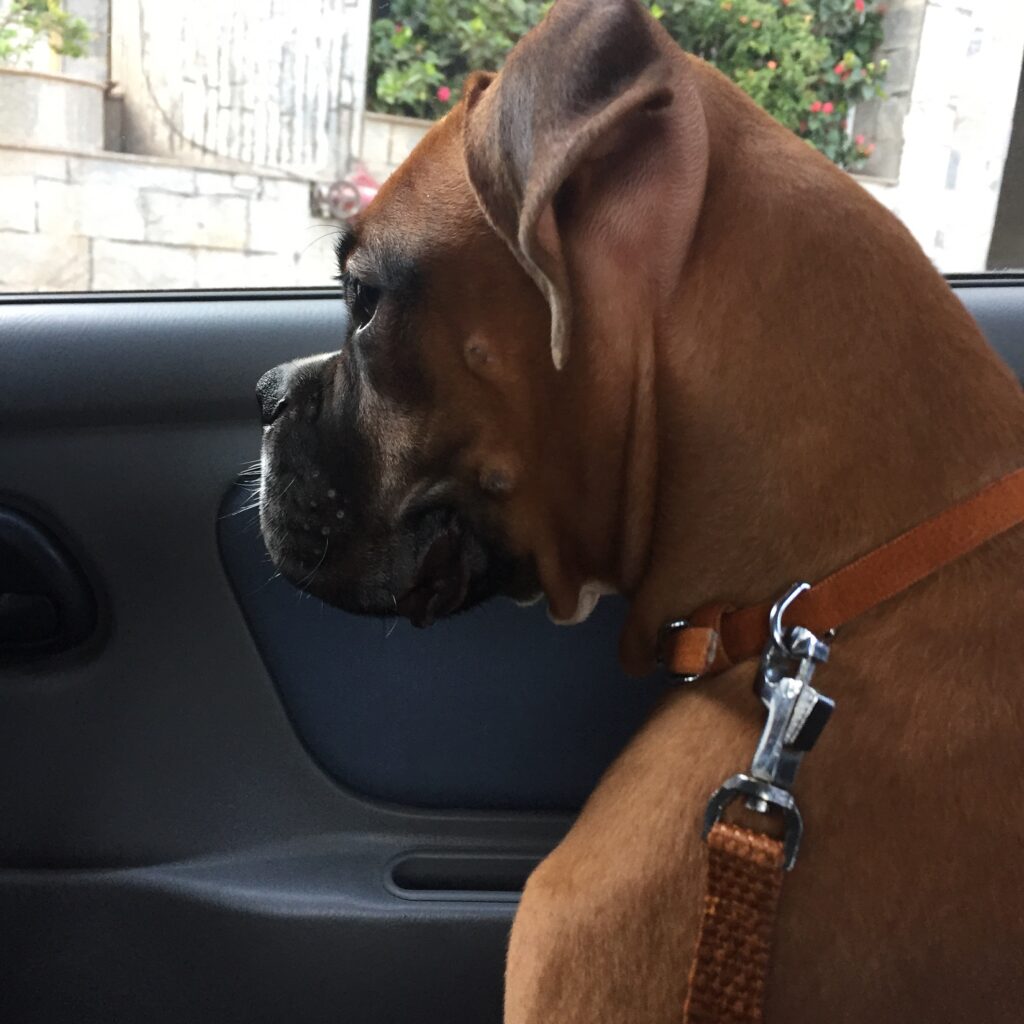Just like us, our pets need extra love and care as they grow older. If you have a senior pet, there are important considerations to keep in mind to ensure their health, happiness, and safety. This comprehensive guide offers pet-proofing tips and expert advice on caring for your senior dog or cat, helping you create a healthy and joyful environment for them during their golden years.
Start with a senior pet plan
As your pet ages, it’s essential to develop a plan that ensures their well-being at home. Here are some tips to get you started:
Designate a comfortable sleeping area: Provide easy access to your bed using pet-friendly stairs and place their bed close to their food and water. For older cats, consider placing their bed near the litterbox. Opt for supportive and cozy surfaces like memory foam or orthopedic beds.
Plan for your absence: Arrange for a house sitter when you’re away to allow your senior pet to remain in their familiar environment. If necessary, find a temporary facility experienced in caring for senior pets.
Adapt their routine: Monitor your pet’s daily habits, including eating, behavior, and exercise. Any changes should prompt a visit to the vet for a check-up. Adjust their diet and exercise regimen as they age.
Be prepared for common issues: Senior pets may experience anxiety and various health problems. Ensure their comfort, provide dental care, and address any weight fluctuations. Consult your vet for guidance.
Preparing your home for a senior pet
When your pet reaches a certain age, it’s crucial to make your home comfortable for them. Consider these steps:
Flooring safety: Add area rugs to prevent slipping on hard surfaces. Limit access to rooms with slippery floors when you’re away.
Assist with stairs: Install ramps to help your pet navigate stairs easily. Place pet-friendly stairs or a small ramp near your bed for their convenience.
Protect against sharp edges: Use soft foam or cloth bumpers to safeguard furniture and door corners. Explore options for “safety bumpers” that won’t damage your belongings.
Conceal wires and cables: Keep wires and cables hidden or use wire managers to prevent tripping hazards for both pets and humans.
Utilize baby gates: Install sturdy baby gates to confine your pet to a designated area, ensuring their safety.
Provide appropriate indoor potty options: Set up an indoor potty station with pee pads or newspapers for senior dogs. Opt for litter boxes with lower sides for senior cats.
Creating a senior pet-friendly home
Make your home more welcoming and secure for your aging pet with these additional tips:
Maintain a comfortable temperature: Avoid extreme hot or cold temperatures that may aggravate arthritis or allergies. Provide extra warmth with a sweater during winter months.
Use accessible food and water dishes: Opt for large bowls that are easy for senior pets to see and use. Choose weighted bowls to prevent tipping and consider automatic feeders for regular access to meals.
Eliminate trip hazards: Remove potential obstacles, such as cords or small objects, to ensure your pet’s safety.
Adapt to vision changes: Learn about vision problems in pets and consult your vet for potential treatments. Make your home easy to navigate for pets with diminishing eyesight.
Choose an accessible litter box: Select a litter box with low sides for easy access by senior cats.
Maintain a peaceful environment: Keep your home quiet and comfortable to promote better sleep and reduce anxiety associated with aging.
Taking good care of your senior pet at home
Once your home is senior pet-friendly, follow these care tips to ensure their well-being:
Find a trusted vet nearby: Choose a vet in close proximity to your home to minimize stress and provide timely care.
Stock up on supplies: Have ample supplies, including medication and special treatments. Consider purchasing diapers and special toys, and invest in a ramp or pet-friendly stairs in advance.
Stay vigilant about health issues: Familiarize yourself with signs of health problems in older pets and consult your vet at the first sign of symptoms.
Administer medication at home: Learn how to administer medication to your pet at home, minimizing vet visits. Ask your veterinarian for guidance and consider using pill pockets for easy administration.
Keep senior pets happy and healthy: Strive to provide comfort and maintain their health through a comfortable sleeping area and regular vet care.
Conclusion
Implementing the tips and strategies mentioned in this guide can help your senior pet adjust to your new home. By pet-proofing your space, creating a comfortable environment, maintaining their routine, and providing love and support during the transition, you can ensure their well-being and happiness.





















